Johnson & Johnson Spins Off Kenvue in Biggest IPO Haul Since 2021
Johnson & Johnson rips off Band-Aid and spits out Listerine in a bid to boost margins.
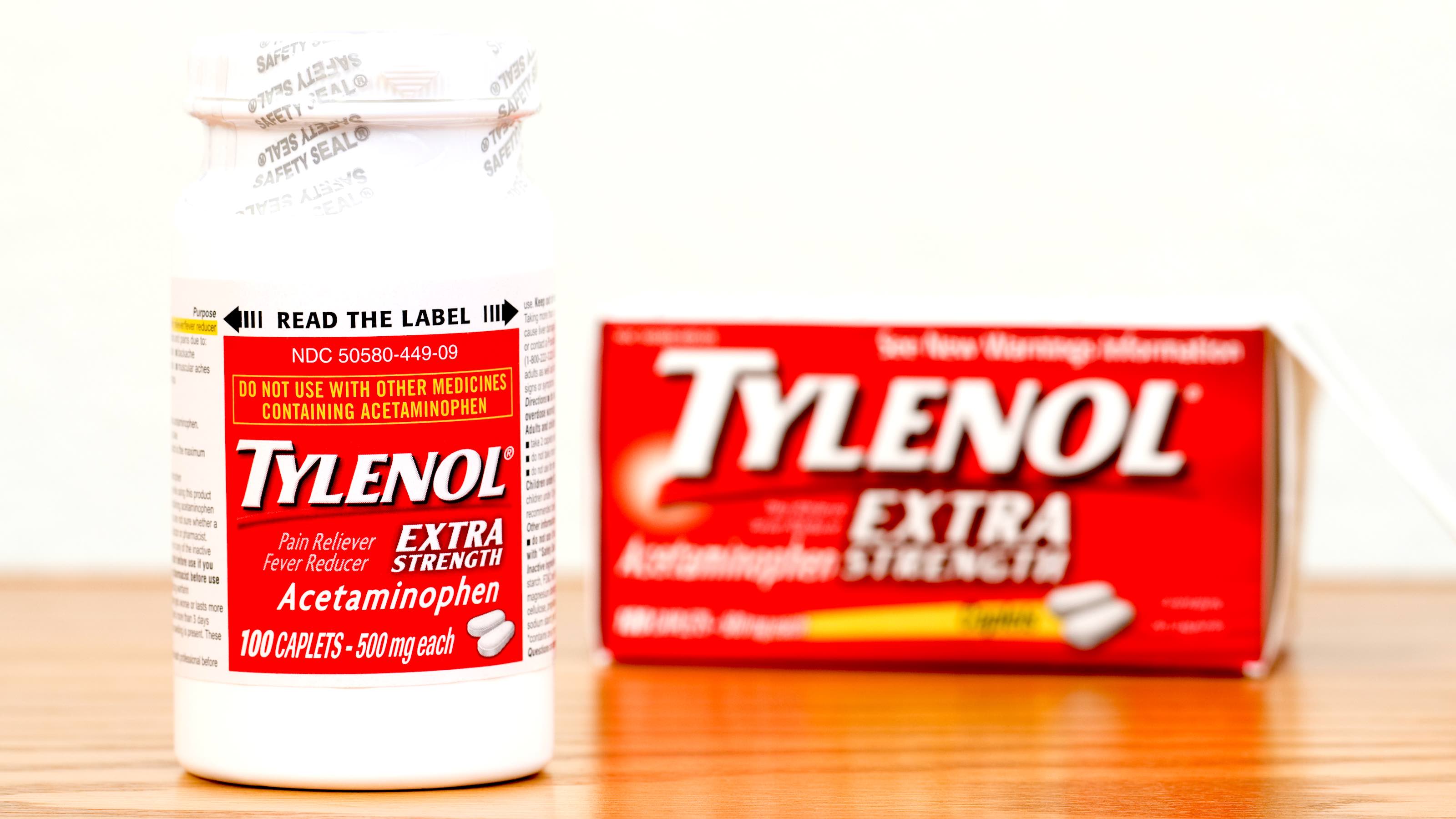

Johnson & Johnson (JNJ) spun off its Kenvue (KVUE) consumer brands division on Thursday, raising the most cash from an initial public offering (IPO) in more than a year.
Johnson & Johnson said it sold 172.8 million shares at $22 a pop in Kenvue, giving the company whose brands include Band-Aid, Tylenol and Listerine a valuation of roughly $40 billion.
Johnson & Johnson, a component of the Dow Jones Industrial Average, raised $3.8 billion from the offering. That's the largest haul from an IPO since late 2021, according to Renaissance Capital. The IPO market dried up in 2022 amid a historically bad year for stocks and the hangover from 2021's frenzy of fizzled SPAC offerings.

Sign up for Kiplinger’s Free E-Newsletters
Profit and prosper with the best of expert advice on investing, taxes, retirement, personal finance and more - straight to your e-mail.
Profit and prosper with the best of expert advice - straight to your e-mail.
Indeed, direct listings and IPOs with an initial valuation of at least $50 million numbered just 71 last year, down from nearly 400 in 2021, per Renaissance Capital.
JNJ announced the split of its consumer brands business from its pharmaceutical and medical devices divisions in late 2021. The healthcare giant's aim – as is pretty much always the case with these sorts of breakups – is to liberate faster-growth, higher-margin businesses from the drag of slower-growth, lower-margin businesses.
Johnson & Johnson said it continues to own about 90% of Kenvue after the IPO, with plans to distribute shares to its own shareholders perhaps in the second half of this year.
Johnson & Johnson's aims
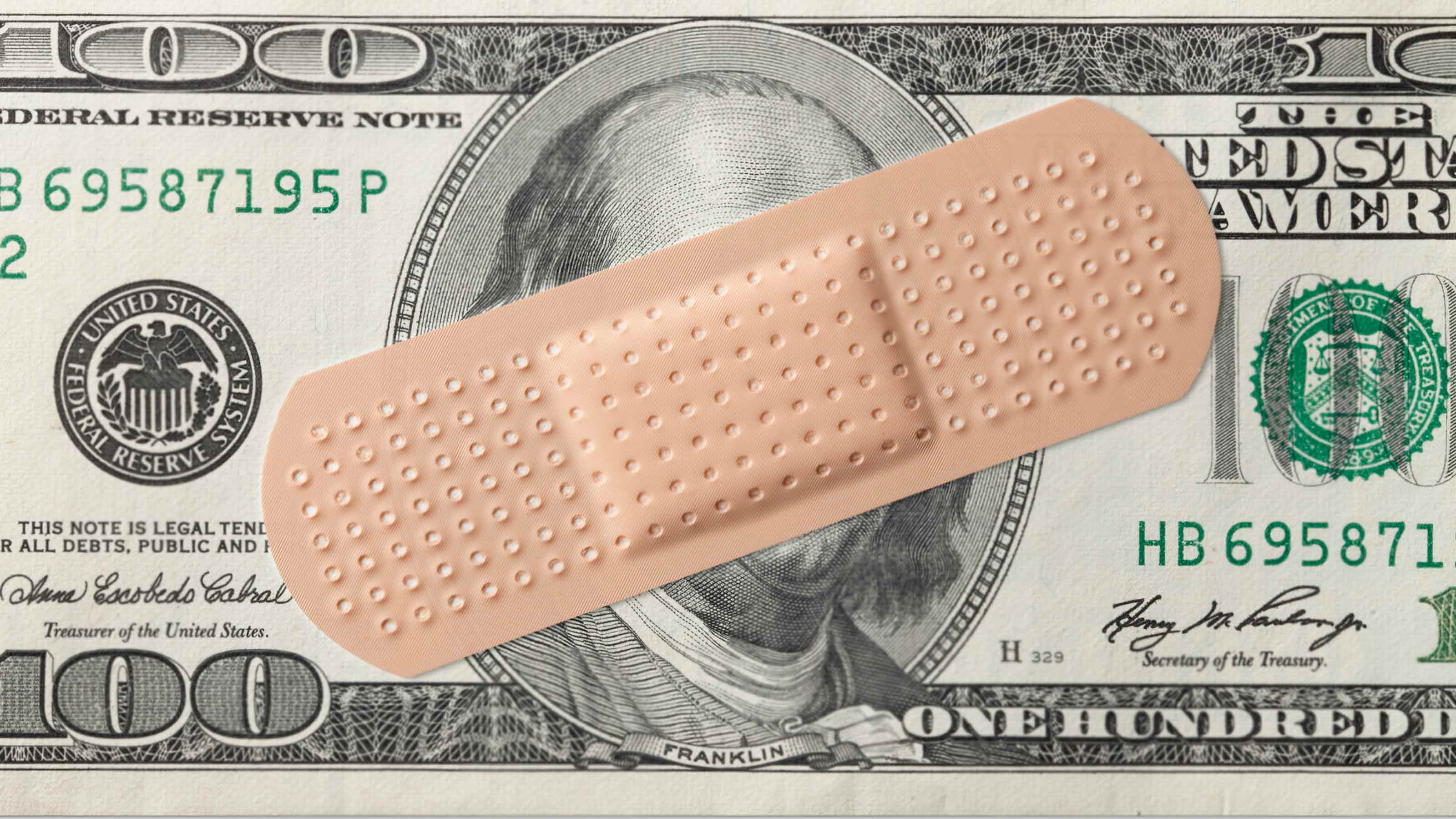
As for the proceeds from the KVUE offering, Johnson & Johnson said it will retain $1.1 billion in cash and cash equivalents, with the remainder being used for general purposes.
Kenvue, meanwhile, hits the market with a roughly $40 billion market value. On a pro forma basis, the company recorded annual net income of $1.5 billion on almost $15 billion in revenue.
"Being spun out of Johnson & Johnson, consumer health giant Kenvue is pitching a mature and profitable business with a healthy dividend yield, bolstered by a portfolio of well-known brands like Tylenol and Listerine," notes Renaissance Capital.
JNJ, whose 60-year streak of annual dividend increases makes it one of the best dividend stocks for dependable dividend growth, does get a Buy recommendation from analysts, according to S&P Global Market Intelligence – but with very mixed conviction. That places it pretty far down the list of Wall Street's favorite Dow stocks.
The overhang of litigation stemming from allegations that the talc in its iconic baby powder is carcinogenic has been just one issue for JNJ. And although the Kenvue separation should help the company's margin profile, there's no denying that JNJ became one of the best stocks of the past 30 years as a three-headed business.
As you can see in the chart below, shares in Johnson & Johnson were off nearly 8% for the year-to-date through May 3, lagging the broader market by about 14 percentage points.
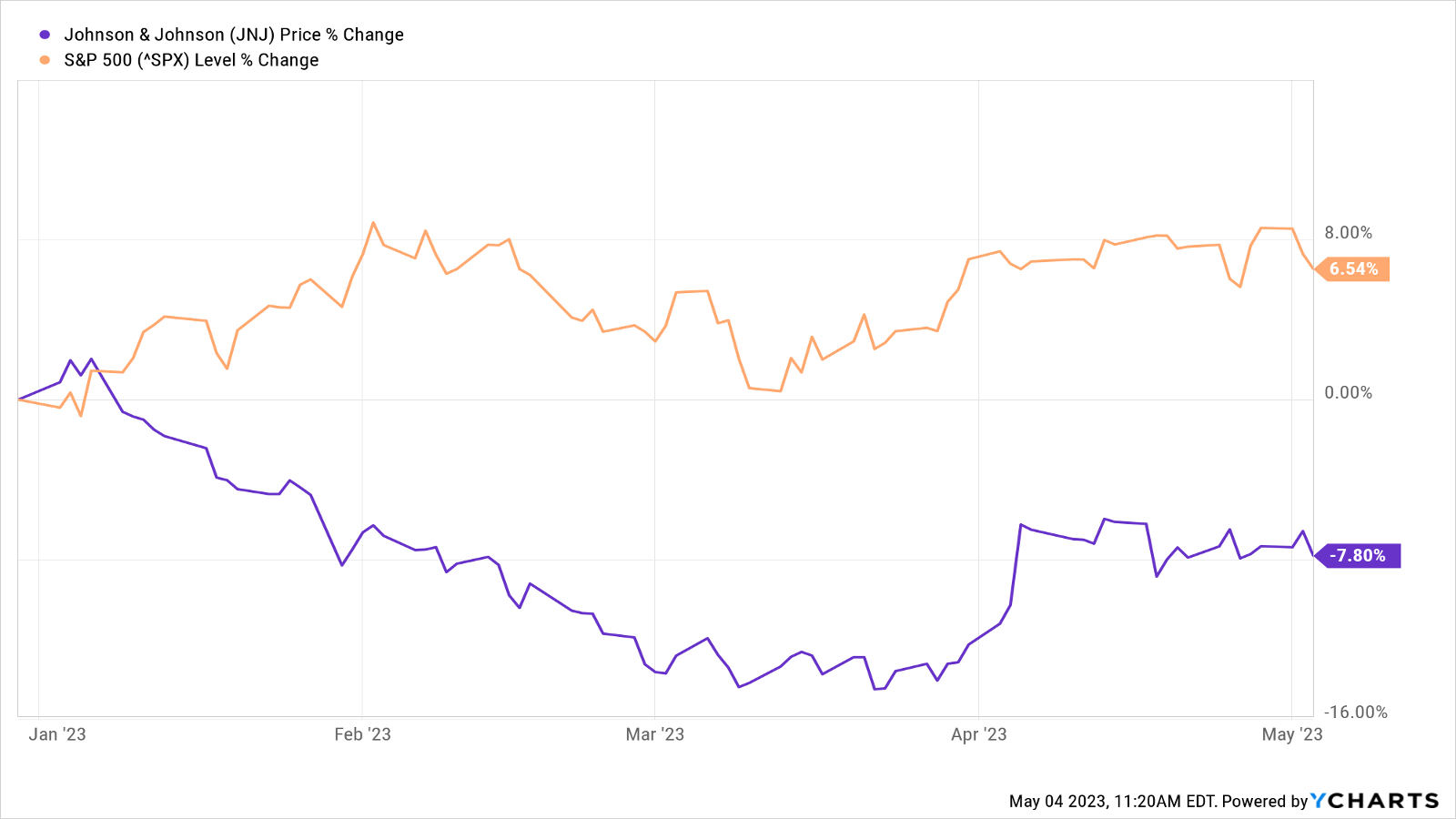
With an average target price of $178.79, analysts give JNJ stock implied upside of about 10% in the next 12 months or so. Add in the dividend yield, and the implied total return comes to roughly 13%.
Get Kiplinger Today newsletter — free
Profit and prosper with the best of Kiplinger's advice on investing, taxes, retirement, personal finance and much more. Delivered daily. Enter your email in the box and click Sign Me Up.

Dan Burrows is Kiplinger's senior investing writer, having joined the august publication full time in 2016.
A long-time financial journalist, Dan is a veteran of MarketWatch, CBS MoneyWatch, SmartMoney, InvestorPlace, DailyFinance and other tier 1 national publications. He has written for The Wall Street Journal, Bloomberg and Consumer Reports and his stories have appeared in the New York Daily News, the San Jose Mercury News and Investor's Business Daily, among many other outlets. As a senior writer at AOL's DailyFinance, Dan reported market news from the floor of the New York Stock Exchange.
Once upon a time – before his days as a financial reporter and assistant financial editor at legendary fashion trade paper Women's Wear Daily – Dan worked for Spy magazine, scribbled away at Time Inc. and contributed to Maxim magazine back when lad mags were a thing. He's also written for Esquire magazine's Dubious Achievements Awards.
In his current role at Kiplinger, Dan writes about markets and macroeconomics.
Dan holds a bachelor's degree from Oberlin College and a master's degree from Columbia University.
Disclosure: Dan does not trade individual stocks or securities. He is eternally long the U.S equity market, primarily through tax-advantaged accounts.
-
 The AI Doctor Coming to Read Your Test Results
The AI Doctor Coming to Read Your Test ResultsThe Kiplinger Letter There’s big opportunity for AI tools that analyze CAT scans, MRIs and other medical images. But there are also big challenges that human clinicians and tech companies will have to overcome.
By John Miley Published
-
 The Best Places for LGBTQ People to Retire Abroad
The Best Places for LGBTQ People to Retire AbroadLGBTQ people can safely retire abroad, but they must know a country’s laws and level of support — going beyond the usual retirement considerations.
By Drew Limsky Published
-
 Stock Market Today: Stocks Are Mixed Before Liberation Day
Stock Market Today: Stocks Are Mixed Before Liberation DayMarkets are getting into the freewheeling rhythm of a second Trump administration.
By David Dittman Published
-
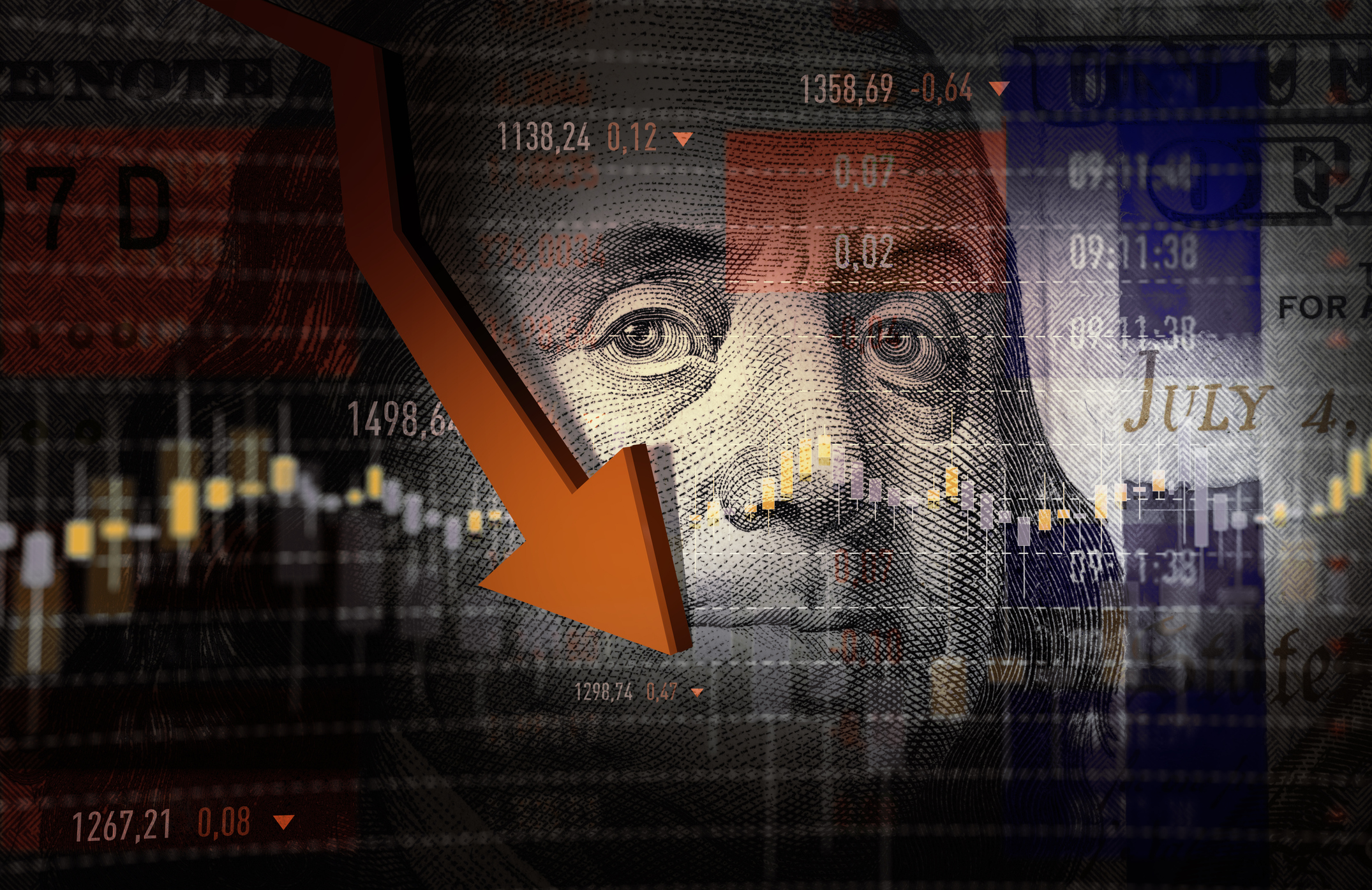 Stock Market Today: Dow Dives 1,123 Points After Fed
Stock Market Today: Dow Dives 1,123 Points After FedMarket participants reacted predictably to a well-telegraphed hawkish turn by the Federal Reserve.
By David Dittman Published
-
 Stock Market Today: Semis Get Slammed and Blue Chips Bounce
Stock Market Today: Semis Get Slammed and Blue Chips BounceThe potential for more curbs on tech sales to China set off a rotation into blue chips.
By Dan Burrows Published
-
 Stock Market Today: Stocks Stabilize After Powell's Rate-Cut Warning
Stock Market Today: Stocks Stabilize After Powell's Rate-Cut WarningThe main indexes temporarily tumbled after Fed Chair Powell said interest rates could stay higher for longer.
By Karee Venema Published
-
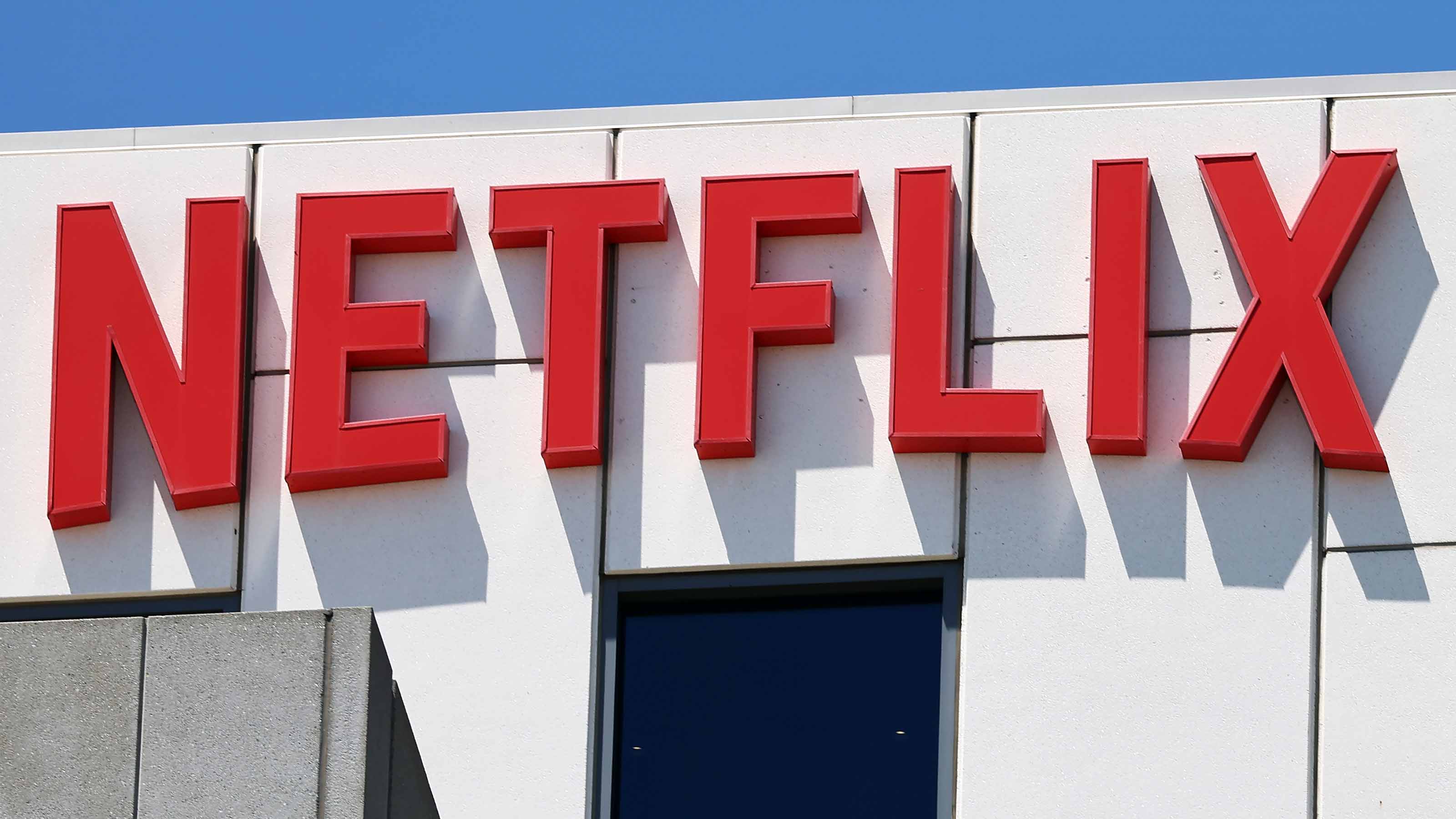 Stock Market Today: Nasdaq Spirals After Disappointing Netflix, Tesla Earnings
Stock Market Today: Nasdaq Spirals After Disappointing Netflix, Tesla EarningsWhile the Nasdaq slumped today, the Dow extended its longest win streak in years on solid Johnson & Johnson earnings.
By Karee Venema Published
-
 6 Dividend Growth ETFs to Buy
6 Dividend Growth ETFs to BuyDividend growth outperforms the market over time and helps portfolios beat inflation. These dividend growth ETFs give investors the chance to buy the strategy at low cost.
By Kyle Woodley Last updated
-
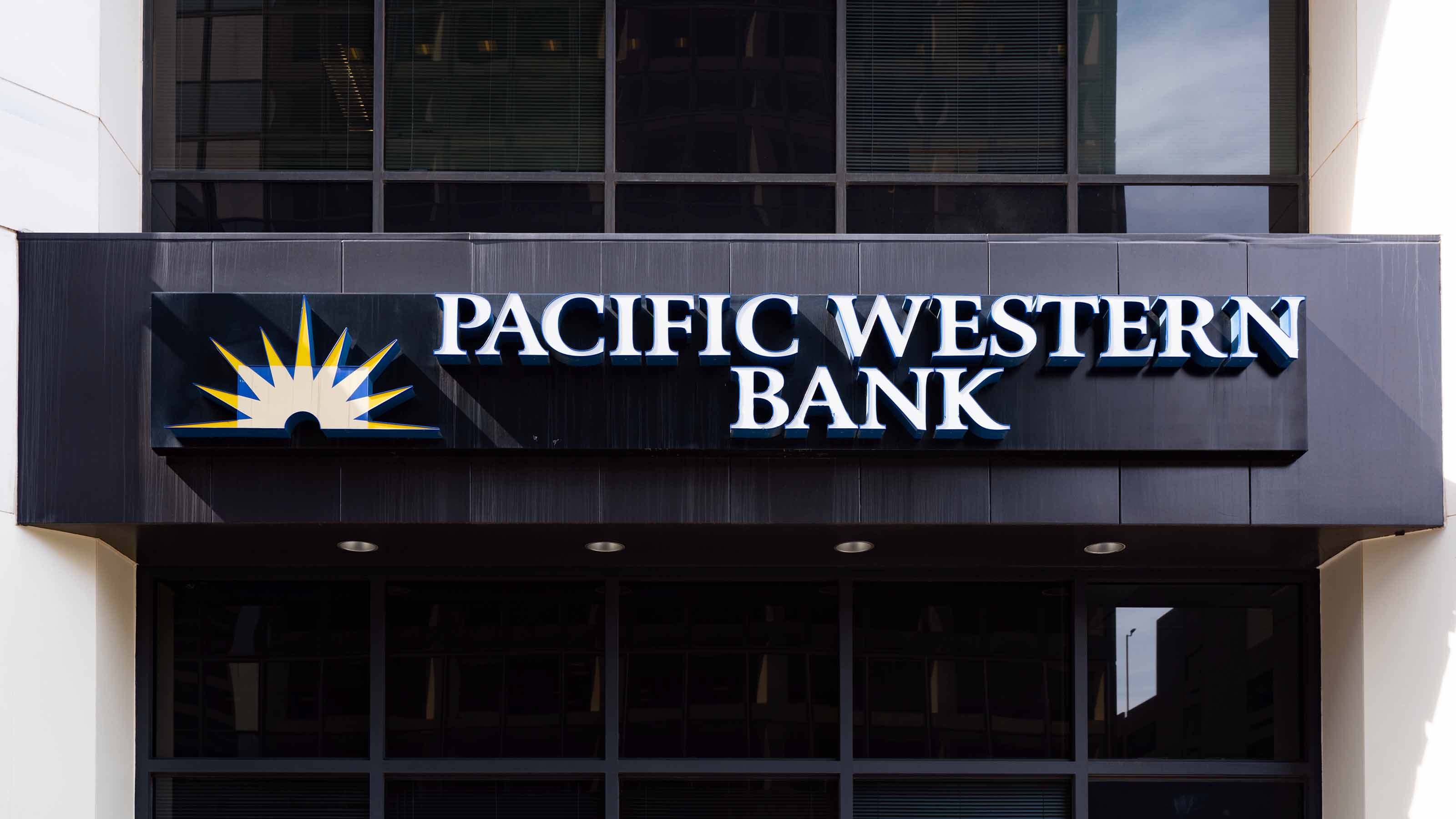 Stock Market Today: Stocks Slide as Regional Bank Rout Worsens
Stock Market Today: Stocks Slide as Regional Bank Rout WorsensThe major market indexes closed lower Thursday as chaos in the banking industry continued.
By Karee Venema Published
-
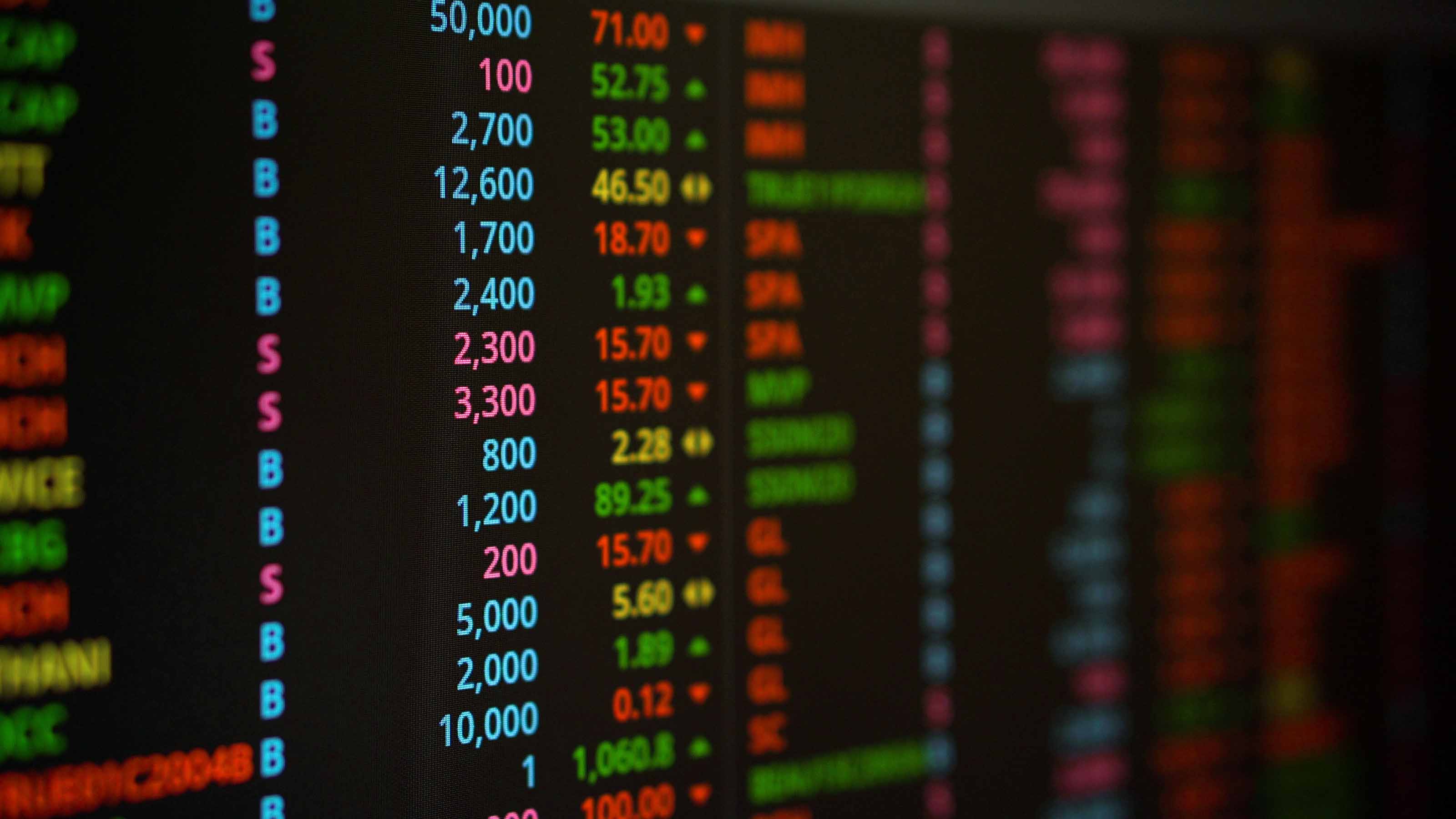 Stock Market Today: Weak Economic Data Weighs on Stocks
Stock Market Today: Weak Economic Data Weighs on StocksHealthcare stocks were some of the biggest gainers on Wall Street Wednesday, while tech shares lagged.
By Karee Venema Published